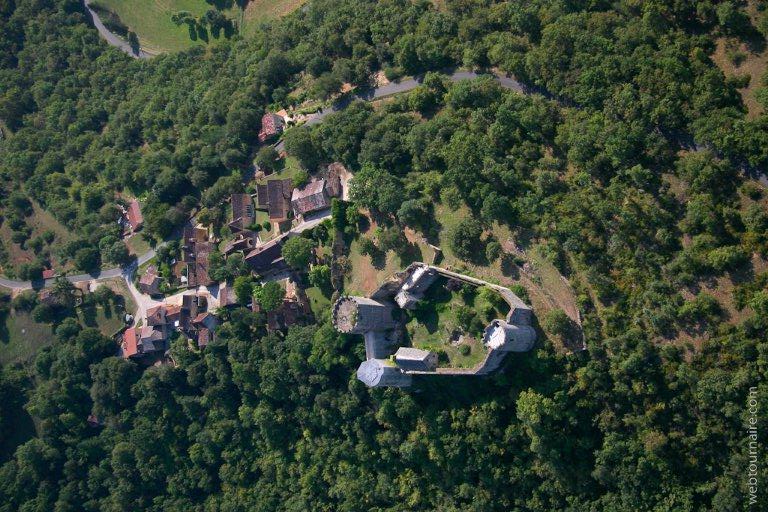

Dashed lines delineate the boundaries of dLGN from the intrageniculate leaflet (IGL) and ventral geniculate nuclei (vLGN). C: Nissl-stained section of dLGN as a homogenous, bean-shaped structure. Retinal projections from the contralateral eye are in red, and those from the ipsilateral eye in green. Dashed lines mark the shell and core subdivision. B: drawing portraying the “hidden laminae” organization of dLGN.

Letters refer to regions of retina: N, nasal T, temporal D, dorsal V, ventral. Dashed line depicts the ventro-temporal crescent, where the ipsilateral-projecting retinal ganglion cells (RGCs) reside. A: schematic illustrating the location of retinal ganglion cells that project to contralateral (red) and ipsilateral (green) dorsal lateral geniculate nucleus (dLGN). 1.Organization of the mouse retinogeniculate pathway. Retinal axon terminal fields within the dLGN are organized along three dimensions: retinal topography, eye of origin, and RGC type ( Fig. Estimates in rodents suggest ~40% of all RGCs project to dLGN ( Martin 1986 Reese 1988). In the mouse, the vast majority of retinal ganglion cells (RGCs) project to two subcortical structures, the superior colliculus (SC) and dLGN ( Ellis et al. ORGANIZATION OF RETINAL PROJECTIONS TO dLGN Topics to be covered include the organization of retinal and nonretinal projections to dLGN, the structural and functional composition of dLGN neurons, and their associated patterns of connectivity and visual response properties. The purpose of this review is to provide an in-depth examination of the development, structure, and function of the mouse dLGN, citing work done primarily on pigmented, wild-type, and transgenic strains. The visual response properties of dLGN neurons are far more diverse and sophisticated than previously recognized, and much like its higher mammalian counterparts, the mouse dLGN receives most of its input from nonretinal sources that generally operate to modulate the gain of signal transmission. Indeed, studies in the mouse provide further support that dLGN is more than a simple relay of visual information. Although the mouse has laterally placed eyes and poor acuity, the neuronal architecture of its dLGN is highly conserved, making this species a premier experimental platform to elucidate thalamic circuit structure and function. Aided primarily by the advance of molecular tools and the widespread availability of transgenic lines, studies in the mouse allow unprecedented access to interrogate specific cell types, circuits, and projections associated with dLGN. However, within the past decade, the mouse has emerged as a model system to understand many aspects about the development, structural composition, and functional operations of the dLGN. Much of our understanding about this nucleus comes from studies done in carnivores and primates, such as the cat and macaque. The dorsal lateral geniculate nucleus (dLGN) is the thalamic relay linking the retina to the visual cortex.


 0 kommentar(er)
0 kommentar(er)
